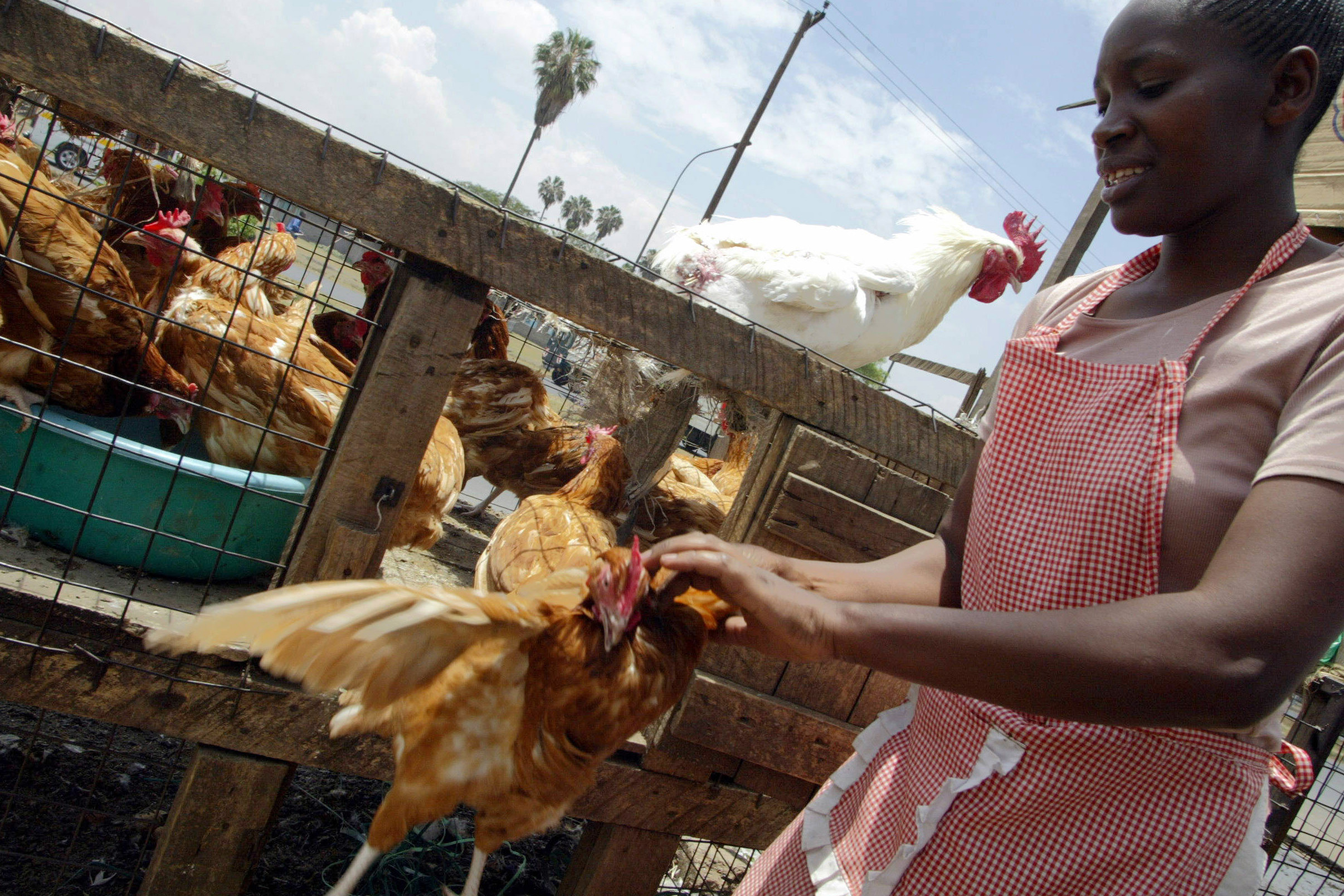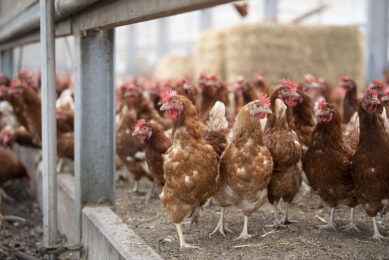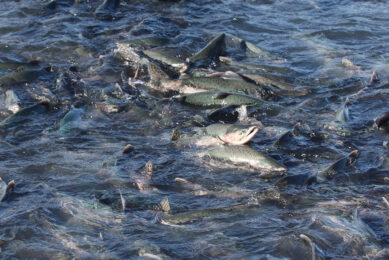Using wild insects to feed Kenyan poultry and fish

A new study looked at possibilities to attract the Black Soldier Fly to the Bondo area of Western Kenya, and to develop appropriate methods for larvae farming for utilisation as poultry feed and fish feed in smallholder farming systems in Kenya.
Small scale poultry and fish farmers in Africa are suffering from the increasing cost of feed (such as fishmeal), which now accounts for nearly 70 to 80% of the total production costs. This leads to increased prices and shortages of milk, meat and eggs. Finding cheaper feed ingredients such as insect protein from the Black Soldier Fly (BSF) is therefore applauded. In the wild, many kinds of livestock including poultry and fish naturally feed on BSF larvae whose nutritional composition is as good as fishmeal and comparably better than soybean.
Stimulating natural conditions
The BSF has been reported in almost 80% of the world including Africa. In Africa, BSF has only been sighted in Ghana and South Africa where the larval stage is used for compositing organic matter. There is no documented evidence of them being sighted in Kenya. The current study set out to simulate the natural conditions that attract the adult females to oviposit in such areas, establish the insect’s nativity in the Bondo area of western Kenya, and identify suitable organic substrates that can be utilised for its production at a small scale level. The study consequently reports on a simple method for farming BSF larvae on various organic waste substrates as an alternative source of protein, which can be adopted by smallholder farming systems.
4 different type of attractant substrates were used in the study:
- Mashed maize grains
- Silver cyprinid (Rastrineobola argentea, local name ‘omena’)
- Vegetables and fruit wastes from the market (kales, Solanum nigrum, cabbage leaves, rotten water melons, rotten oranges and rotten bananas and their peelings)
- Animal manure (mixture of chicken and cow manure)
BSF attracted to vegetable waste and maize
On day 2 to day 4, different insect types were observed frequenting the different attractant wastes. These included the common housefly, green bottle fly, blowflies and sandflies among others. However, no BSF was observed during this period. The first BSF was observed on day 5 on the plastic pipes of the feeding structure with vegetable wastes and the mashed maize grain that had started producing putrescent.
Nutritional value compared to soy and fishmeal
To ascertain the potential of wild BSF larvae as a protein source in poultry and fish feeds, proximate, mineral and vitamin composition were analysed and compared with reported values for fishmeal and soybean reported in literature.
Developing a cheap open system
To facilitate production of BSF larvae from various household wastes, an open system consisting of larvae feeding structure was used. Such a system is not only cheap to construct, but is also not labour intensive as mature larvae (prepupa) voluntarily migrate out of the rotting feedstock into a nearby provided container, if the feeding structure is designed correctly. Only occasional removal of the rotten compost and replenishment of the feeding substrate is necessary. In addition, most of the substrates used are either by-products or waste products of the agricultural industry, and are locally available. This ensures the sustainability of production system.
Conclusions
BSF has been spotted in the Bondo area in Kenya, and its female adults can be attracted to oviposit on locally available organic substrate waste in amounts that can support small-scale fish and or poultry farming. The total yield of the harvested BSF highly dependent on the substrate used as both an attractant and feedstock. The method used in this study is not labour intensive and therefore adoptable by local farmers keen on supplementing the protein needs of their livestock. We therefore recommend this open system of farming BSF larvae for adoption by smallholder farmers under the local existing environmental conditions.
The results of this study have been published in the latest edition of the Journal of Insects as Food and Feed.
Join 26,000+ subscribers
Subscribe to our newsletter to stay updated about all the need-to-know content in the feed sector, three times a week. Beheer
Beheer










 WP Admin
WP Admin  Bewerk bericht
Bewerk bericht